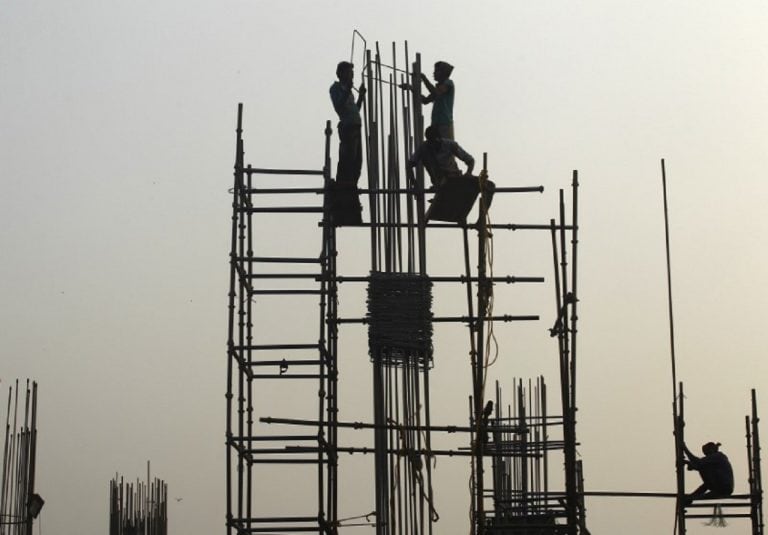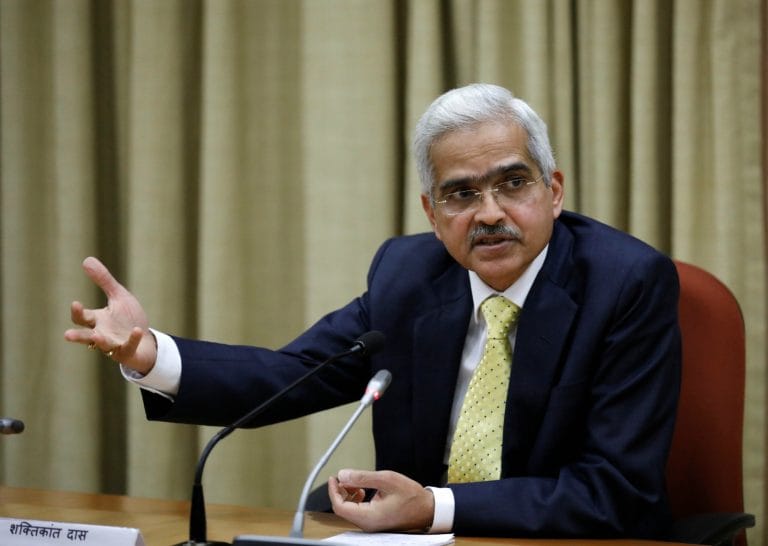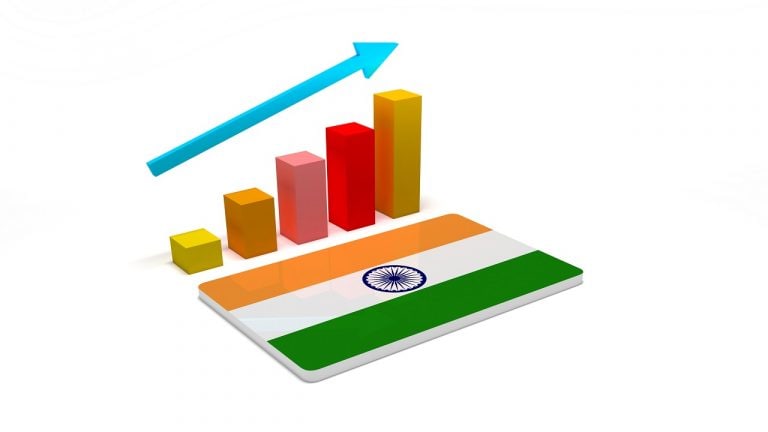India’s is popping protectionist. It is elevating import tariffs since 2014, imposing extra anti-dumping duties than some other nation is and within the technique of defending weak home corporations from competitors. These are the very commerce insurance policies that failed India prior to now. That’s the important thing thesis of a paper introduced by former Niti Aayog vice-chairman, economist Arvind Panagariya on the Exim Bank Commencement Day lecture.
As an instance, Pangariya factors to India’s expertise with nurturing the electronics trade by way of import substitution since 2014. “What has this coverage achieved in 6 years”, he asks “Imports of electronics items have gone up from $32.Four billion in 2013-14 to $55.6 billion in 2018-19, whereas exports inched up from $7.6 billion to $8.9 billion over the identical interval,” says Panagariya. “Predictably, protected and backed, a number of cell phone meeting corporations have come up throughout these years however they haven’t added as much as vibrant electronics trade. Nearly all domestically owned corporations are small by international requirements with none that’s about to show into an export powerhouse”, he provides.
Panagariya’s evaluation of the electronics sector coverage, makes one doubt if the federal government’s latest Production Linked Incentive scheme which goals to create a 2.Four lakh crore IT {hardware} export sector in India by way of subsidies will succeed and whether or not these corporations will be capable to survive as soon as subsidies finish,
Panagariya’s key thesis is that India’s greatest development years have been from 2003-2013-14 when India had the bottom import tariffs.
Two tables in his paper are key:
TABLE 1: INDIA’S GDP GROWTH FROM 1951-52 TO 2019-20
PERIOD GDP @ MKT PRICES(%)
1951-65 4.3
1965-81 3.2
1981-88 4.9
1988-91 7.0
1991-92 1.1
1992-2003 5.8
2003-20 7.4
Table 1 exhibits that India’s development has been slowest from 1965 to 1980 when tariffs have been as excessive at 350%, whereas GDP shot up after tariffs began coming down since 1991. The following desk 2 exhibits that India’s tariffs after dipping to a low in 2010-11 , have began rising since 2014, and now are on the highest in ten years
Table 2: INDICATORS OF PROTECTION 1990-2020-21
YEAR MAX TARIFF AVG TARIFF %TARIFFS ABOVE 15
1990-91 355 126 NA
1995-96 50 42 NA
1997-98 45 35.6 96.6
2001-02 35 30.8 93.9
2006-07 12.5 11.9 13.8
2010-11 10 8.9 11.9
2014-15 10 9.5 13.6
2019-20 10 10.8 24
2020-21 10 11.1 25.4
Not simply tariffs, India is a serial offender within the utilization of antidumping measures, says Panagariya. The whole inventory of instances with anti-dumping measures as of June 30 stood at 243 for India, second solely to US at 398. But then the US has 13% of world merchandise imports. India accounts for simply 2.53%, he says. In truth from Jul 1 2019 to June 30 2020, India initiated the very best number of anti-dumping instances at 98, whereas the US was at 71 and Australia got here subsequent at 15. And opposite to well-liked notion, Panagariya factors out that solely 18 of those 98 instances of anti-dumping have been on Chinese items. The relaxation 80 have been on competitively priced imports from different international locations.
Panagariya thus proves that India has been systematically defending weak home corporations.
The larger implication of that is “scarce resources are getting invested in capital intensive uncompetitive industries and resources are being denied to low-cost labour-intensive export-oriented industries”, says Panagariya.




